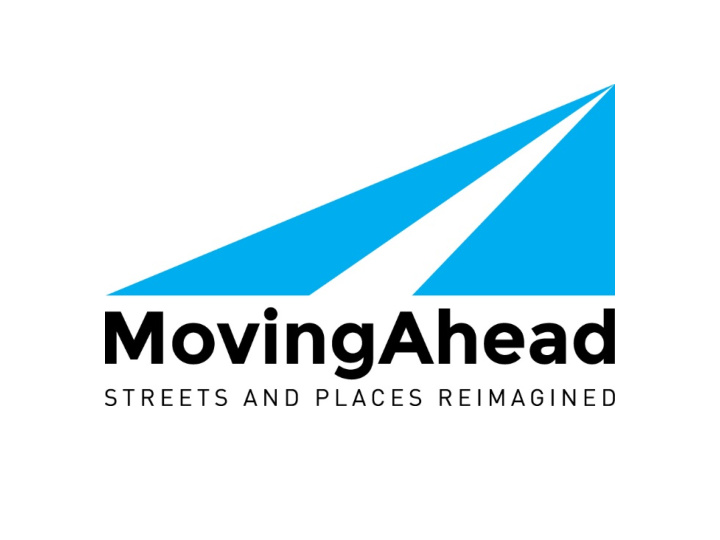



Sounding Board Meeting May 4, 2015
Self introductions • Name • Affiliation • I’ll know MovingAhead is successful if…
Charge and protocols • See handout
MovingAhead project overview
MovingAhead is a more efficient approach to corridor improvements 1. It is a process to develop a short-term capital improvement program for biking, walking and transit improvements on our most important streets. 2. Once EmX or other transit projects are identified, it is a system-level approach to completing required environmental documentation to advance those projects to construction.
MovingAhead builds on local and regional plans Springfield 2030 Envision Eugene
Decision making process Oversight Committee includes City • Decide Lane Transit District Councilors, LTD Board members, (LTD) Board of Eugene City Council and senior staff from LTD, the City of Directors Eugene and ODOT Decide Decide Project Management Team includes Sounding Board • Recommend Public Input Eugene Public Works, Eugene Project Oversight Committee Planning and LTD staff as well as consultant project managers Recommend Advise Project Management Team Recommend
Initial screening In early 2015, LTD and regional partners reviewed 11 corridors and identified three that will not be studied in MovingAhead. Process Screened out • Started with LTD’s • 18th Street Frequent Transit Network. • McVay Highway • Screened based on: • Bob Straub Parkway • Jobs and residents near corridor • Current transit ridership • Service to neighborhoods with concentrations of low- income, minority, elderly, or disabled people • Consistency with local and regional plans Note: Main Street will continue to be studied through a separate process.
MovingAhead corridors
MovingAhead outcomes Fall 2015: Level 1 Screening Summer 2016: Level 2 Evaluation • Develop corridor • Develop transit, biking alternatives (bike, ped, and walking ideas auto, bus) • Develop concepts for • Document system-level transit in each corridor and corridor environmental impacts • Conduct high level • Select preferred alternative screening for each corridor • Narrow to four corridors
MovingAhead schedule
Toolbox
FIXED ROUTE ENHANCED COMPREHENSIVE BRT CORRIDOR
Multimodal toolbox Corridors could include: Auto lanes • Exclusive bus lanes • Shared lanes for cars • turning right and buses Bike lanes or protected bike • lanes Sidewalks • Street trees • Planted medians • On-street parking •
Crossing toolbox Mid-block crossings could include: Z-crossings • Signalized crossings • Pedestrian hybrid beacons • or rapid flash beacons
Outreach and public events
Outreach • Stakeholder interviews • Workshops • Open houses • Sounding Board • Tabling • Online outreach • Targeted outreach to neighborhood, civic, business groups
Workshop: May 18, 19, 27 and 28 30th Avenue/Lane Community Highway 99 Corridor College Corridor Monday, May 18, 5-7:30 p.m. Wednesday, May 27, 5-7:30 p.m. Willamette High School Eugene Public Library River Road Corridor Tuesday, May 19, 5-7:30 p.m. Northeast Corridors (Coburg Road, North Eugene High School MLK, Jr. Blvd./Centennial Blvd., Valley River Center) Thursday, May 28, 5-7:30 p.m. Monroe Middle School
Workshop overview • Input on: • Gaps and needs in each corridor • Ideas for how to move people in each corridor • Supervised kids’ activities, snacks
Who can you reach out to? Brainstorm who you can reach out to by: • Sending email • Distributing event card • Posting to social media • Making personal invitations
Recommend
More recommend